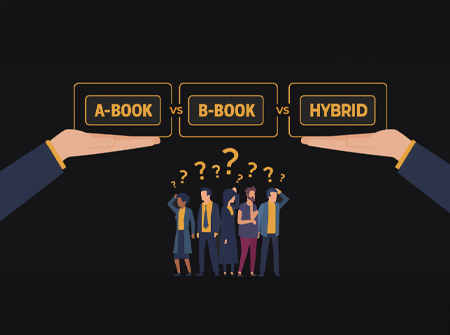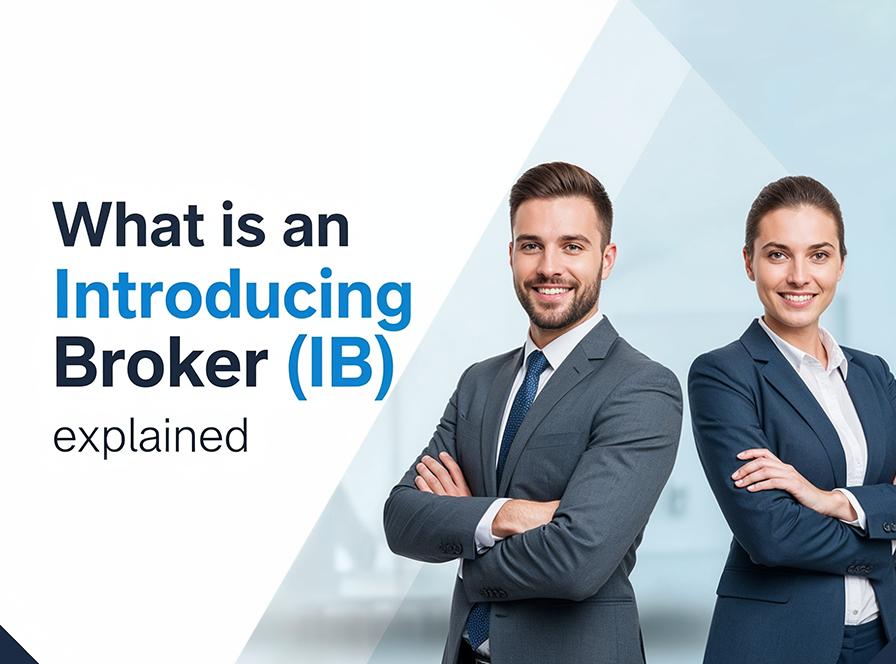The forex and CFD industry is full of opinions about broker models. Some traders believe that only A-Book brokers are “honest,” while others label B-Book brokers as unethical.
The reality? None of these models are inherently wrong—what matters is how the broker manages financial capability, risk exposure, and client relationships. In this article, we break down the A-Book, B-Book, and Hybrid models—and explain why all three can operate ethically and profitably if managed correctly.
1. A-Book Brokers (STP/ECN Model)
An A-Book broker routes all trades directly to liquidity providers or the interbank market. They don’t take the opposite side of client trades. Instead, they earn money through:
- Spread markups
- Commission per lot traded
Pros:
- No conflict of interest with clients
- Transparent execution
- Ideal for institutional and large-volume traders
Cons:
- Higher trading costs (real spreads + commissions)
- Slippage possible in fast-moving markets
- Requires strong liquidity partnerships
Summary: A-Book brokers make money whether you win or lose, as long as you keep trading. Their success depends on volume, not your loss.
2. B-Book Brokers (Market Maker Model)
B-Book brokers internalize trades, meaning they take the other side of client positions. If you win, they lose. If you lose, they profit. But here’s the truth: not all B-Book brokers are scams.
A well-run B-Book operation typically:
- Segments clients by performance
- Implements strong risk control
- Maintains sufficient capital reserves
Pros:
- Lower spreads & zero commissions
- Faster execution (no external liquidity delays)
- Ability to offer promotions and bonuses
Cons:
- Perceived conflict of interest
- Requires robust risk management
- Can be mismanaged if exposure isn’t controlled
Summary: B-Book models can be profitable without harming clients. Since most retail traders are statistically unprofitable, brokers can manage exposure ethically—without manipulation.
3. Hybrid Brokers (Best of Both Worlds)
Hybrid brokers combine both A-Book and B-Book models. Typically:
- Retail or high-risk clients → B-Book
- Professional or consistently profitable clients → A-Book
Using advanced analytics and risk filters, hybrid brokers route trades where it makes the most sense for both the trader and the broker.
Pros:
- Dynamic risk management
- Stable profitability for the broker
- Fair treatment for both profitable and unprofitable clients
Cons:
- Requires advanced infrastructure
- Constant monitoring of client performance
- Must maintain transparency to build trust
Summary: The Hybrid model is the most flexible and scalable, making it popular for growing brokerages balancing service with risk management.
Is Any Model Wrong?
No. A-Book is not automatically “good,” and B-Book is not automatically “bad.” What matters is whether the broker:
- Manages risk properly
- Holds sufficient capital
- Provides fair and transparent execution
- Protects client trust
Some of the largest global brokers run B-Book or Hybrid models—and they operate legally, ethically, and profitably.
How Can Traders Choose the Right Broker?
Instead of focusing only on the model, traders should look at:
- Regulation & reputation
- Execution transparency
- Payout speed & reliability
- Risk management philosophy
Whether A-Book, B-Book, or Hybrid—EMAR Markets believes in fair execution, structured operations, and protecting both clients and the business.
Conclusion
A-Book, B-Book, and Hybrid models are all valid brokerage structures. The difference between a good and bad broker lies not in the model, but in ethics, risk control, and financial responsibility.
As long as a broker manages exposure wisely and operates transparently, they can run profitably—while still supporting traders for the long term.




